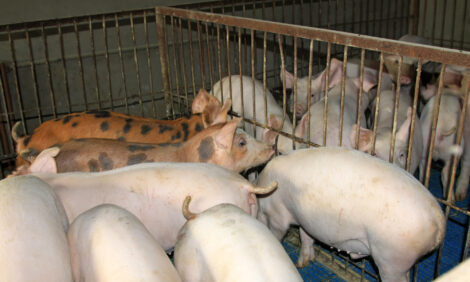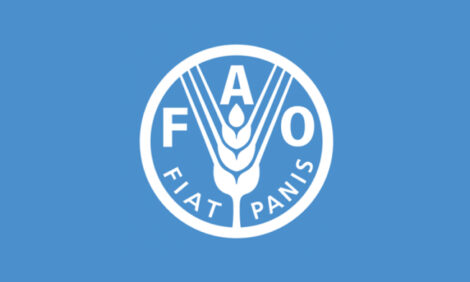



Yeske: Mycoplasma elimination ‘always a good strategy’
Eliminating mycoplasma from a herd works well with a fast payback, even in hog-dense areas, according to research conducted by Paul Yeske, DVM, Swine Vet Center, St. Peter, Minnesota.Research indicates mycoplasma can travel 6.2 miles to infect an unrelated hog operation, called lateral transmission. Yeske wanted to see how frequently this occurred, especially in pig-dense areas. At the same time, he could check the success rate of mycoplasma-elimination efforts.
Yeske’s field study used five different hog production systems in southwest Minnesota, and northwest and northeast Iowa. The herds were validated mycoplasma-negative. Researchers followed pigs at 10 grow-finish sites from each of the five production systems. They carried the study through two marketing seasons, summer-fall and winter-spring.
At the end of the finishing period, researchers looked at serology of the pigs to see if they were exposed in the field to mycoplasma.
Lateral transmission rare
“Only 6% of the sites had become positive,” Yeske told Pig Health Today, following his presentation at the 2017 Leman Swine Conference.
“We learned (lateral transmission) does happen but at an infrequent rate. This was a true field study…with lots of hog barns in the area.” One farm in the study was located within 6.2 miles of 120 finishing units.
Why the low transmission rate? “It’s a slow-growing organism and difficult to transfer in that mechanism,” Yeske suggested.
Mycoplasma elimination pays
The low transmission rate also proved mycoplasma-elimination programs work. “This should help people feel more confident going into an elimination program that they will be able to return their investment,” he said.
“Also, our data shows if you are having mycoplasma problems, it’s probably your production system and not the neighborhood,” Yeske added. “You need to look at your sow-herd stabilization and identify how to do a better job with gilt introduction. Try not to send a high load of mycoplasma through the grow-finish population.”
Overall, he recommends mycoplasma elimination instead of living with the disease. “My belief is it is always a good strategy,” Yeske said. “But in certain instances, some production systems will make a choice to live with the disease.”








